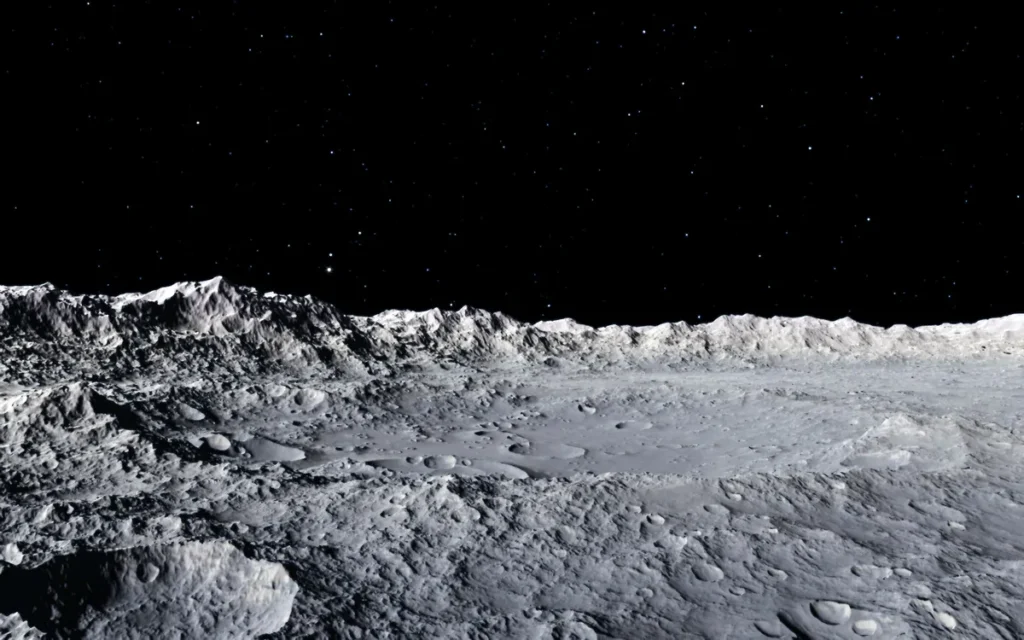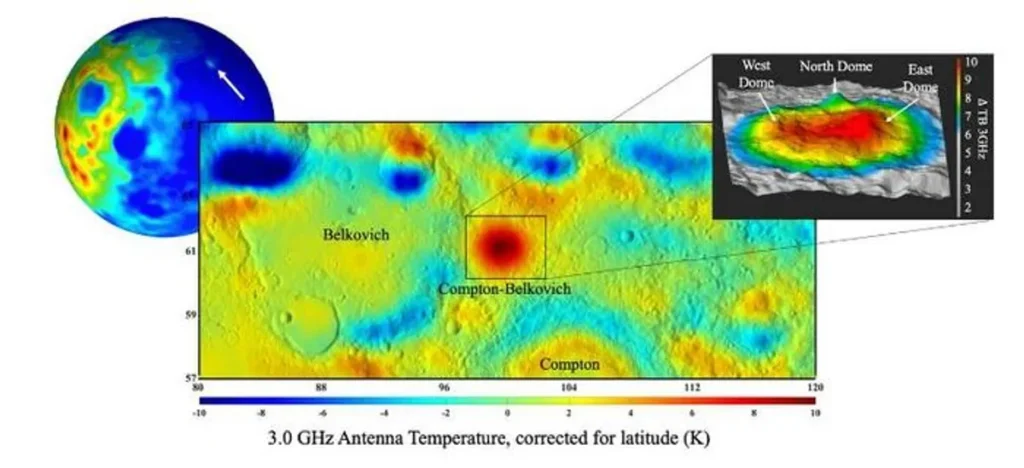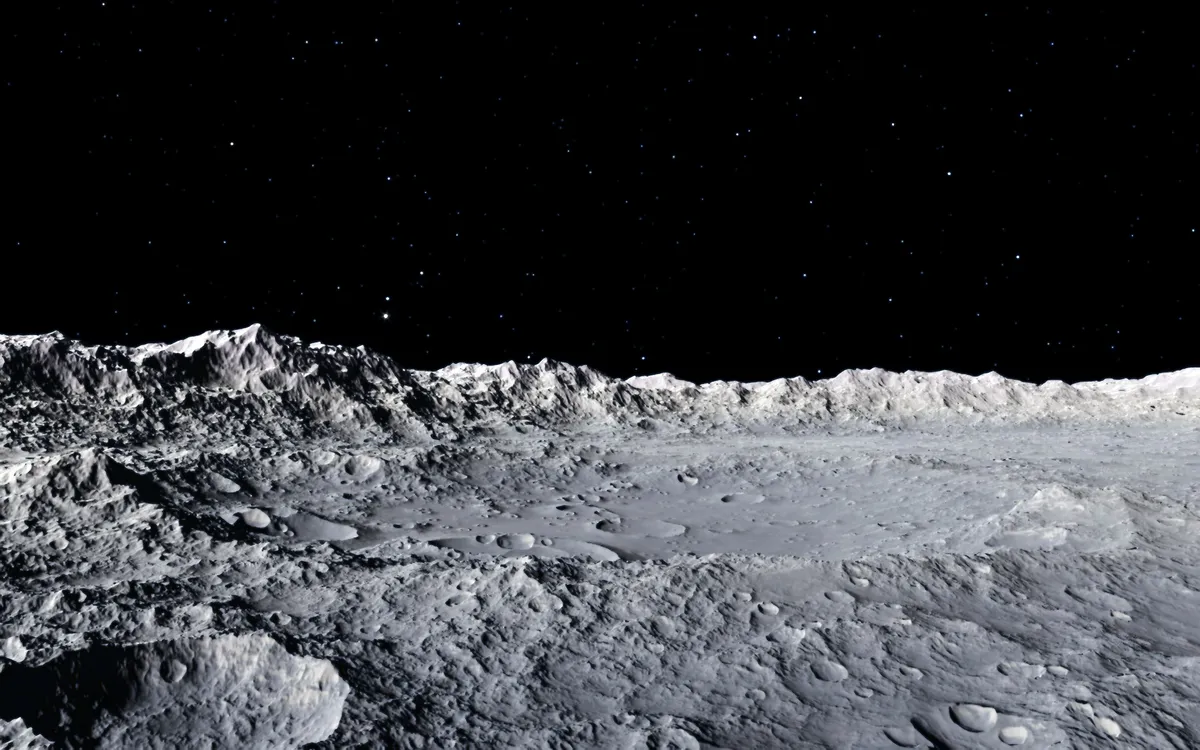Introduction

In a groundbreaking discovery, scientists have identified a massive heat-emitting mass buried beneath the surface of the Moon. This finding, which challenges our current understanding of lunar geology, has sparked significant interest and debate within the scientific community. The discovery was made using advanced thermal imaging technology, revealing a mysterious and highly anomalous heat source.
Discovery and Methodology
The research team, led by Dr. James Carter of the Lunar and Planetary Institute, utilized data from the Lunar Reconnaissance Orbiter (LRO) to detect the heat anomaly. The LRO’s Diviner Lunar Radiometer Experiment provided the thermal imaging necessary to identify the unusual heat signature emanating from beneath the lunar surface.
Thermal Imaging: The Diviner instrument measures the Moon’s surface temperature at various wavelengths, allowing scientists to detect subtle temperature variations.
Data Analysis: By analyzing the thermal data, researchers identified a specific region exhibiting significantly higher temperatures compared to its surroundings, indicating the presence of a subsurface heat source.
Characteristics of the Heat-Emitting Mass
The heat-emitting mass, located near the Moon’s South Pole, is estimated to be several kilometers in diameter. Preliminary analyses suggest that the mass is composed of materials with a high radioactive element content, such as thorium or uranium, which could explain the heat emission through radioactive decay.
Size and Location: The mass spans several kilometers and is situated in one of the Moon’s oldest and most geologically complex regions.
Composition: High concentrations of radioactive elements are suspected, leading to ongoing heat production and emission.

Theories and Implications
Several theories have been proposed to explain the origin and nature of the heat-emitting mass:
Radioactive Decay: The most widely accepted theory posits that the heat is generated by the decay of radioactive elements within the mass. This process could have been ongoing since the Moon’s formation.
Ancient Volcanic Activity: Another theory suggests that the mass could be remnants of ancient volcanic activity, with residual heat still being emitted.
Extraterrestrial Impact: Some researchers hypothesize that the mass could be the result of a large asteroid or comet impact, which deposited heat-generating materials beneath the surface.
The discovery has significant implications for our understanding of the Moon’s geological history and internal structure. It suggests that the Moon may be more geologically active than previously thought and could have regions of residual heat despite its overall cold and inert appearance.
Future Research and Exploration
The discovery of the heat-emitting mass opens up new avenues for lunar exploration and research:
Lunar Missions: Future lunar missions, both manned and unmanned, could target this region for detailed study and sample collection.
In-Situ Measurements: Deploying instruments capable of measuring heat flow and radioactive decay rates directly on the lunar surface could provide more definitive answers.
Geological Surveys: Comprehensive geological surveys of the Moon’s polar regions could uncover additional heat anomalies and improve our understanding of lunar geology.
Conclusion
The detection of a massive heat-emitting mass beneath the Moon’s surface is a remarkable discovery that challenges existing geological models. This finding not only enhances our understanding of the Moon’s internal structure and thermal history but also underscores the importance of continued exploration and study of our nearest celestial neighbor. As scientists delve deeper into this mystery, we can expect to gain new insights into the processes that shaped the Moon and, by extension, other terrestrial bodies in our solar system.

